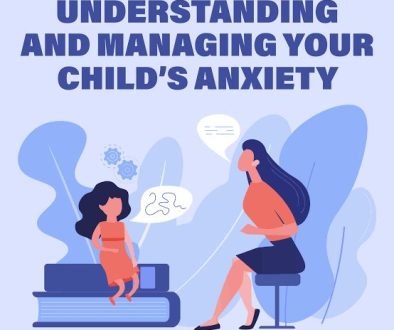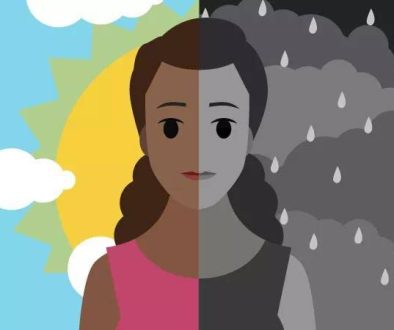The Impact of Bullying on Mental Health in Children and Adolescents
Bullying is a pervasive and devastating problem that affects millions of children and adolescents worldwide. It can take many forms, including physical, verbal, and relational bullying, and can occur in various settings, such as schools, homes, and online communities. The impact of bullying on mental health in children and adolescents can be severe and long-lasting, and it is essential to understand the effects of bullying and to develop effective strategies for prevention and intervention.
The Effects of Bullying on Mental Health
Research has shown that bullying can have a range of negative effects on mental health in children and adolescents, including:
1. Anxiety and Depression: Bullying can lead to increased symptoms of anxiety and depression, including feelings of sadness, hopelessness, and fear.
2. Post-Traumatic Stress Disorder (PTSD): Bullying can be a traumatic experience, and some children and adolescents may develop PTSD as a result.
3. Suicidal Thoughts and Behaviors: Bullying can increase the risk of suicidal thoughts and behaviors in children and adolescents.
4. Social Isolation: Bullying can lead to social isolation, as children and adolescents may avoid social situations or interactions with peers.
5. Decreased Self-Esteem: Bullying can lead to decreased self-esteem, as children and adolescents may feel worthless, unloved, or unimportant.
Risk Factors for Bullying
Certain factors can increase the risk of bullying, including:
1. Social and Economic Disadvantage: Children and adolescents from socially and economically disadvantaged backgrounds may be more likely to experience bullying.
2. Disability or Chronic Illness: Children and adolescents with disabilities or chronic illnesses may be more vulnerable to bullying.
3. LGBTQ+ Status: Children and adolescents who identify as LGBTQ+ may be more likely to experience bullying.
4. Family Dynamics: Children and adolescents who experience family conflict, neglect, or abuse may be more vulnerable to bullying.
Prevention and Intervention Strategies
Preventing and intervening in bullying requires a multi-faceted approach that involves individuals, families, schools, and communities. Some effective strategies include:
1. Promoting a Positive School Culture: Schools can promote a positive culture by encouraging empathy, kindness, and respect among students.
2. Implementing Anti-Bullying Programs: Schools can implement evidence-based anti-bullying programs that teach children and adolescents skills for managing conflicts and promoting positive relationships.
3. Providing Support for Victims: Schools and communities can provide support for victims of bullying, including counseling, peer support groups, and academic accommodations.
4. Holding Bullies Accountable: Schools and communities can hold bullies accountable for their actions, including disciplinary actions and counseling.
Conclusion
Bullying is a serious problem that can have devastating effects on mental health in children and adolescents. It is essential to understand the effects of bullying and to develop effective strategies for prevention and intervention. By promoting a positive school culture, implementing anti-bullying programs, providing support for victims, and holding bullies accountable, we can work towards creating a safer and more supportive environment for all children and adolescents.



